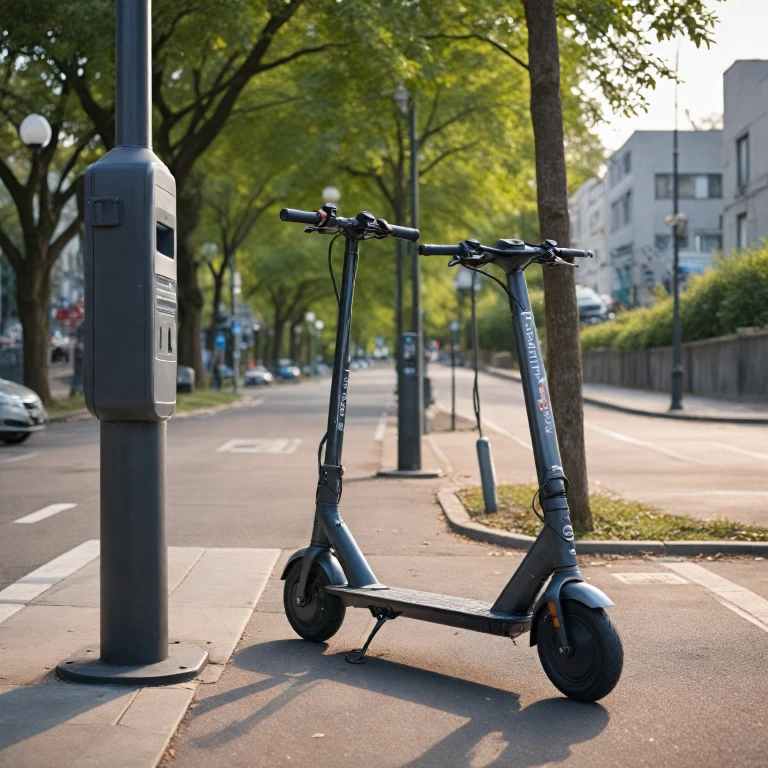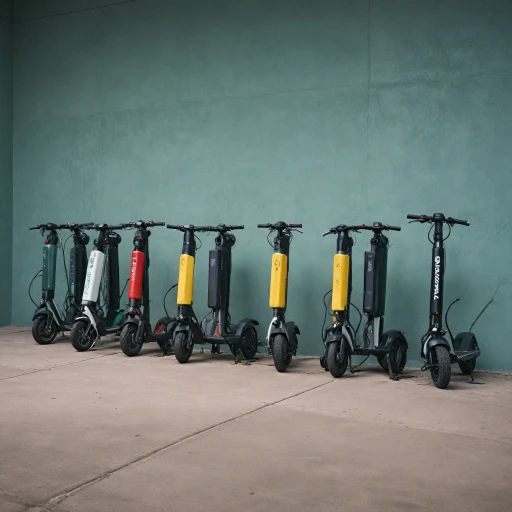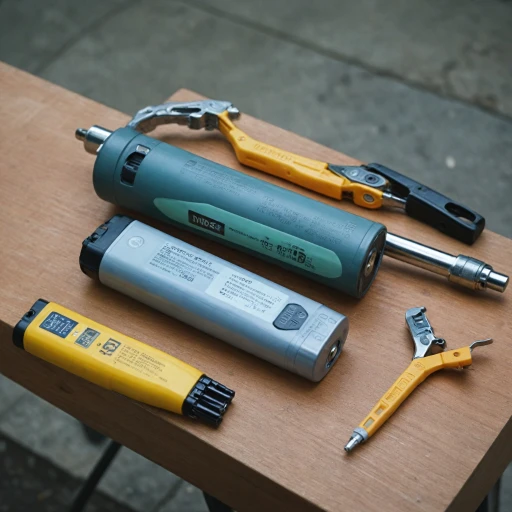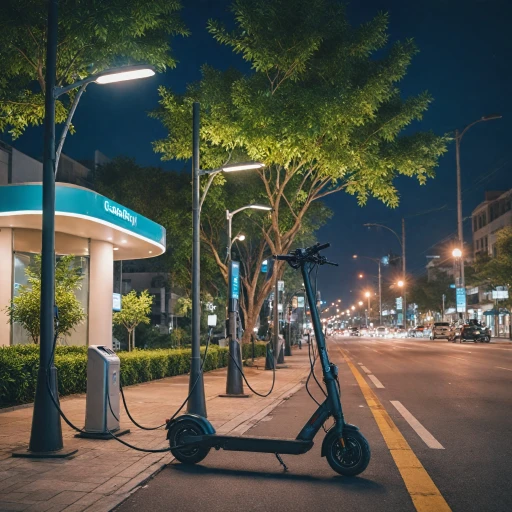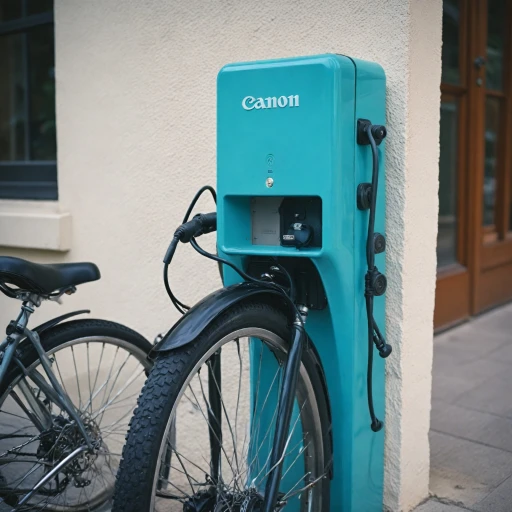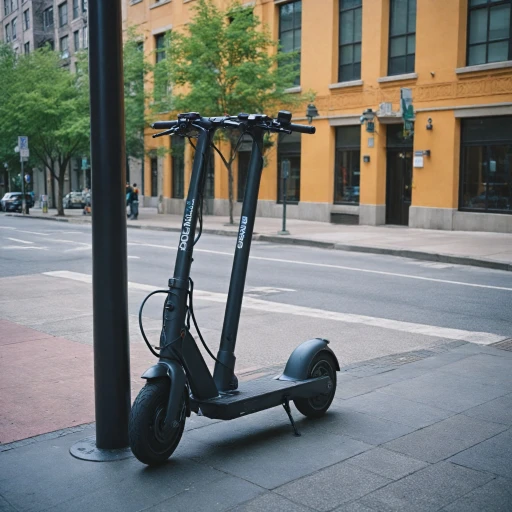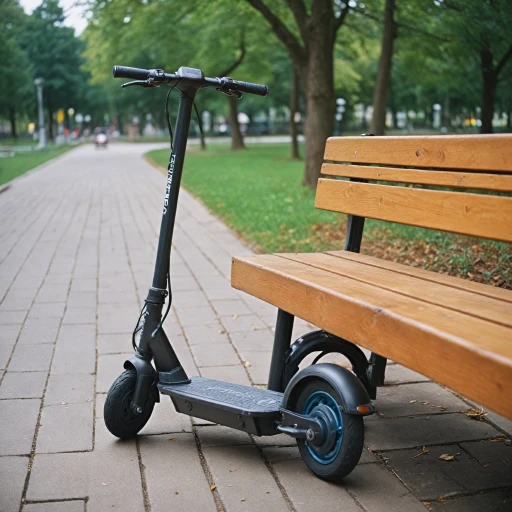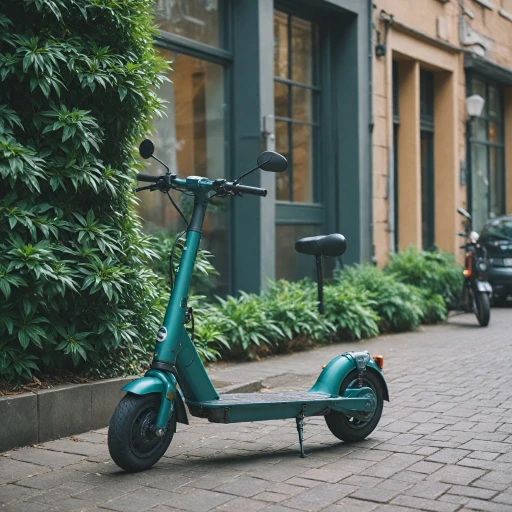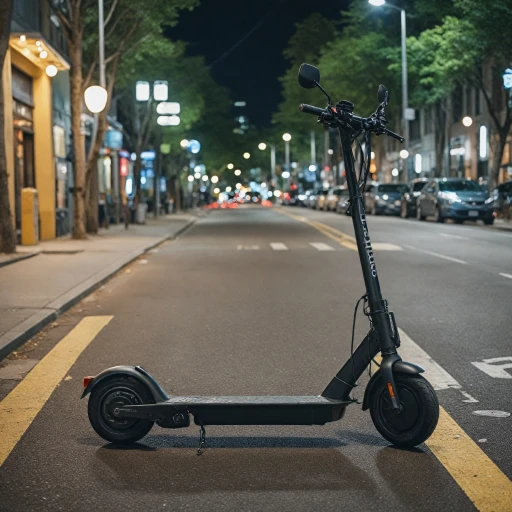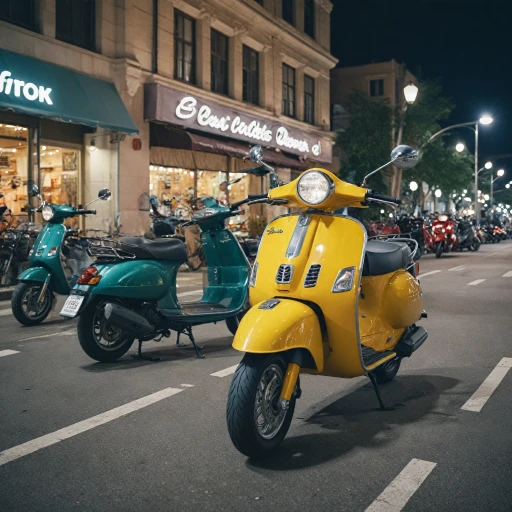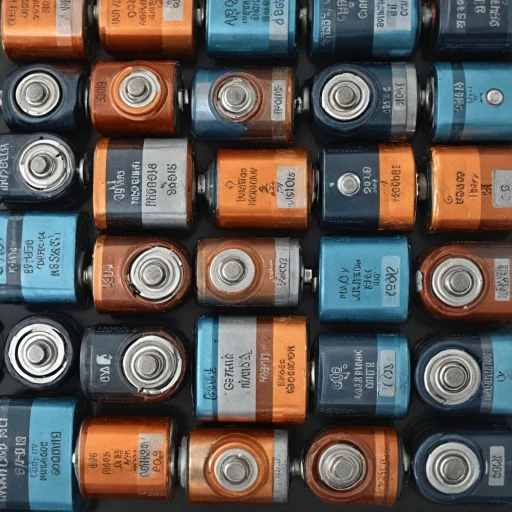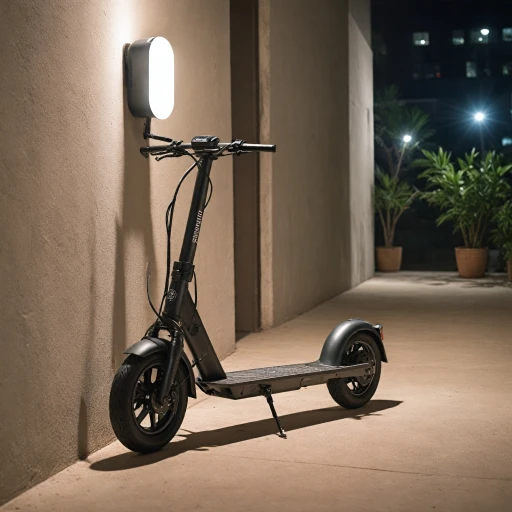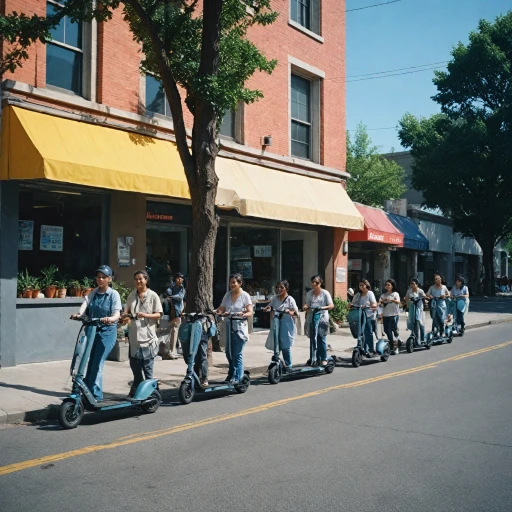
Battery Types and Their Impact on Charging
Different Battery Types and Their Influence on Charging Techniques
Electric scooters are equipped with various types of batteries, with lithium-ion batteries being the most common choice due to their efficiency and reliability. Understanding your scooter battery is fundamental to optimizing its charging process. When it comes to electric scooter batteries, lithium-ion stands out because of its high energy density and longevity. This type of battery is able to retain more charge and is capable of quicker charging times compared to traditional battery types. However, they require specific care—overcharging or discharging them completely can damage battery life. For those looking to fully grasp the charging nuances of lithium-based models, visiting a resource like understanding the essentials of a Segway Ninebot charger can provide valuable insights. This could help you address the intricacies of charger port compatibility, checking charger voltage, and avoiding improper voltage practices that may affect performance. It's important to also highlight the difference between older battery technologies and their impact on charging. Older models with lead-acid batteries often require longer charging times and a more complex charging regimen to avoid damage, unlike their lithium counterparts. In future sections, we'll delve into optimal charging practices to prolong the life of your battery, including safe voltage range, proper plug accessory use, and frequency of charging. By understanding these basics, you'll be able to manage your scooter charging effectively and efficiently.Optimal Charging Practices for Longevity
Maximizing Battery Health with Effective Charging Techniques
Ensuring optimal charging practices for electric scooters is crucial for maintaining battery longevity and performance. Here are some essential guidelines to avoid damaging your battery and prolong its lifespan:
- Charge Regularly: Avoid letting your scooter battery completely drain before recharging. Once you've returned from a trip or notice your battery reaching low levels, plug it into its charger. This helps prevent the battery from going into a deep discharge state, which could harm its overall health.
- Avoid Overcharging: It's best to unplug the charger once the battery is fully charged. Overcharging can lead to inflated charge cycles that decrease the lifespan of your battery pack. Modern lithium-ion batteries often come with built-in protections, but it's always wise to double-check your scooter's specifications.
- Maintain Voltage Consistency: Each charger and battery has a specified voltage requirement. Ensure you use the recommended battery charger to maintain a stable power supply to your scooter battery, avoiding voltage fluctuations that could incur damage.
- Temperature Sensitivity: Batteries can be sensitive to extreme temperatures. Try to charge your scooter in a moderate environment, as excessive heat or cold can negatively impact battery chemistry and overall efficiency.
- Safe Charging Environment: Choose a well-ventilated area for charging. Charging electric scooters in enclosed or damp spaces increases the risk of short circuits or damage to the charging port.
By following these practices, you’ll not only enhance your scooter's performance but also contribute to a sustainable lifecycle of your electric vehicle. For those using Razor scooters, understanding specific model charging guidelines can further protect your investment. You can learn more about this at Razor scooter charger essentials.
Understanding Charging Times and Rates
Efficient Charging: Timeline and Considerations
Understanding the time it takes to charge your electric scooter is vital for maintaining battery efficiency and planning your rides effectively. Charging time can vary significantly depending on several factors:- Battery Type: Most modern scooters are equipped with lithium-ion batteries, known for their efficiency and capacity. These batteries typically charge faster than older technologies. Be sure to check your scooter's specifications to understand how its batteries influence charging time.
- Charger Specifications: A charger with a higher wattage can generally charge your battery more quickly. It's important to use a compatible charger with the correct voltage for your scooter to avoid damaging the battery.
- Battery Capacity: Larger batteries with more power naturally require more time to reach a full charge. If your expectations are aligned with the battery size in your scooter, you'll better manage your charging schedule.
- Starting Charge Level: The current charge level of your battery when you begin will affect total charging time. A battery pack at half capacity will reach full charge quicker than a completely depleted one.
Common Charging Mistakes to Avoid
Charging Nightmares: Common Pitfalls to Watch Out For
When you charge electric scooters, a few mistakes can lead to inefficient battery life or even damage the battery. Let's go through these pitfalls, ensuring your scooter battery stays in top condition.
- Using the Wrong Charger: It might seem tempting to use any available charger. However, mismatched chargers may fail to deliver the correct voltage or current, risking harm to the battery pack. Always use the charger intended for your specific scooter model.
- Overcharging Concerns: Leaving your electric scooter charging overnight or beyond full charged status can damage ion batteries over time. Even though many modern chargers have a cutoff mechanism, avoid prolonged charging sessions.
- Ignoring the Temperature Factor: Lithium-ion batteries are sensitive to temperature fluctuations. Charging in extreme conditions might impair the battery’s efficiency or lifespan. To maintain optimal power, stick to moderate environments when you plug your scooter in.
- Poor Charging Port Care: Dust and debris can invade the charging port. Ensure both your port and the connector are clean and free from obstructions before plugging in.
- Battery Storage Errors: If you don’t use your bike scooter for a while, make sure the battery isn’t left completely empty or fully charged. Instead, maintain a partial charge to safeguard battery health.
By being mindful of these common pitfalls, you won't merely extend your battery's lifecycle but also enhance your drive's efficiency and safety. Take care of your electric scooters—both appear a solid partner on urban roads and maximize the enjoyment of your ride.
